The San Blas neighborhood is one of the most popular in Cusco—and with good reason: it radiates a special energy that captivates every traveler who arrives in the imperial city.
Just a few minutes from the Plaza de Armas lies this place where time seems to stand still. With its beautiful narrow streets adorned with colorful flowers and its bohemian, artistic vibe, San Blas wraps you in a unique atmosphere, inviting you to get carried away by its tradition, its art, and its vibrant soul.
In this blog, we’ll guide you through one of the most picturesque areas of Cusco so you can make the most of your visit to San Blas.
Origin of the San Blas Neighborhood
The origins of San Blas date back to Inca times. Back then, its name was T’oqokachi, a Quechua word that can be translated as “Salt Cave.” During the Inca Empire in Peru, this neighborhood of Cusco was already an important part of the city, home to several families dedicated to craftsmanship. Handicrafts were highly valued in the Inca Empire, and advanced techniques were developed in various disciplines such as textiles, ceramics, and metalwork.
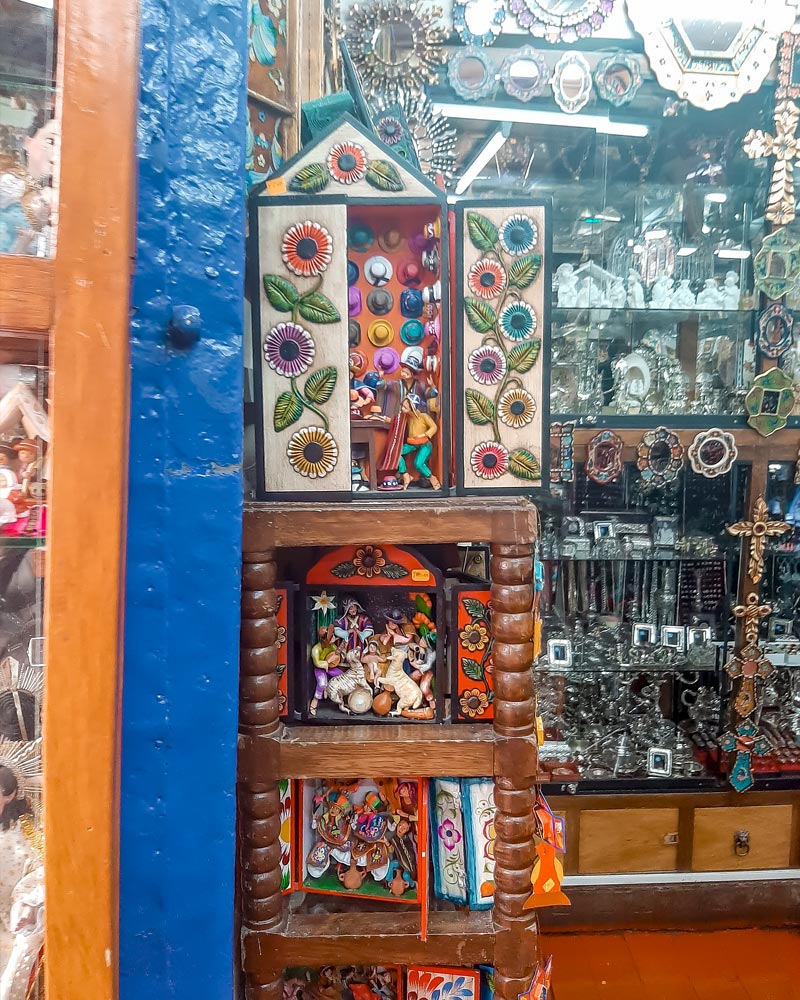
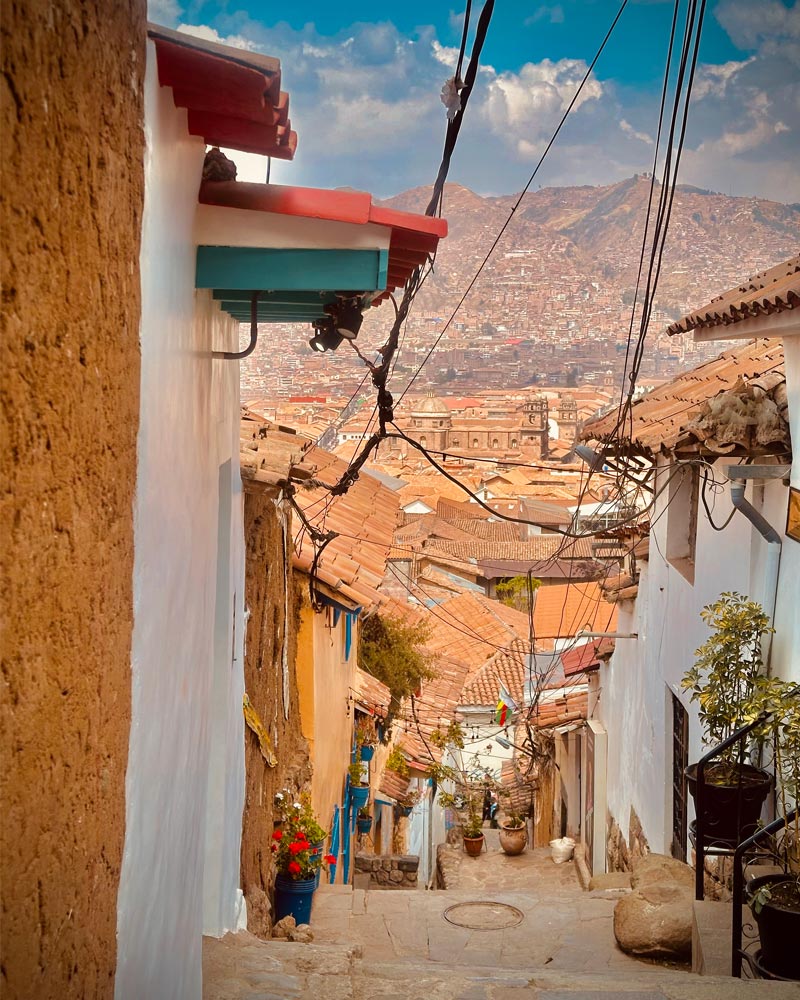
After the Spanish invasion, the ancient neighborhood changed its name and became known as San Blas, in honor of Saint Blaise of Sebaste, a 3rd-century bishop. This change was part of the colonial strategy to impose European religion and culture over the sacred spaces of the Andean world.
This also had a major influence on Cusco’s handicrafts. The colonizers introduced new techniques, materials, and Christian iconography, which merged with Andean traditions, giving rise to a unique mestizo art form.
Did you know…? According to several historians, the remains of Pachacutec—the Inca who ordered the construction of Machu Picchu—may have been found in San Blas. This neighborhood holds more history than you can imagine…
Why is San Blas so Popular?
Its white houses with blue windows and cobblestone streets are not only picturesque—they also host workshops, art shops, and spaces where local artisans keep their crafts alive.
Art in San Blas
The artisan tradition has been preserved, and talented Cusqueñans have inherited their craft from generation to generation. Without a doubt, San Blas is the ideal place to discover and purchase the finest crafts in Cusco.
With the Spanish invasion, styles merged, and a unique blend of Christian and Inca symbolism emerged—especially visible in Cusqueñan art. In Inca times, artistic expressions held deep and symbolic value:
- Textiles: Made from alpaca and vicuña fibers, and decorated with geometric designs representing the Andean worldview.
- Ceramics: Both functional and ceremonial, Inca ceramics included vessels, plates, and figurines decorated with religious motifs.
- Metalwork: The Incas skillfully worked gold and silver to create jewelry and ritual objects. Many of these were destroyed or looted after the conquest.
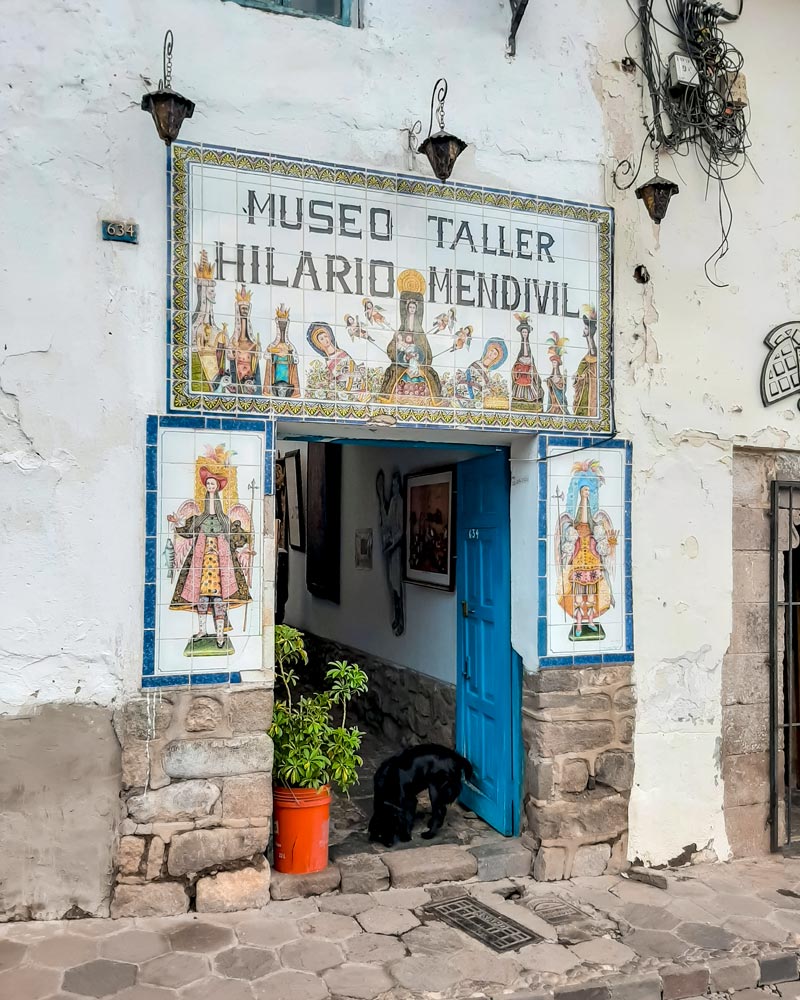
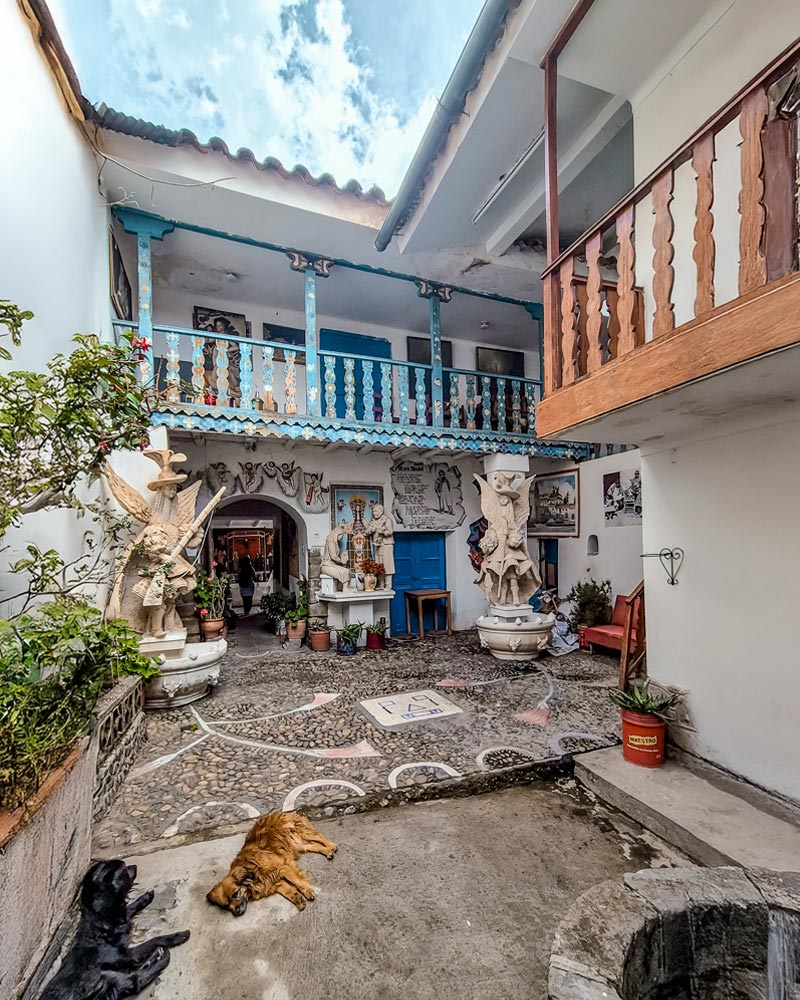
Over time, many families in San Blas inherited these crafts. Techniques such as wood carving, religious imagery, ceramics, and painting have remained alive and continue to be an essential part of the neighborhood.
Thanks to its creative atmosphere, San Blas is known as the bohemian neighborhood. Today, it is a meeting point for backpackers, artists, and travelers who share their crafts, music, and talent in every corner of the neighborhood.
Colonial Architecture
San Blas will fascinate you with its unique essence, blending Andean style with strong colonial influence. Its narrow, cobbled streets, lined with Inca stone walls, contrast with white colonial houses and intricately carved wooden balconies. The white façades and blue doors and balconies dominate every corner, creating an atmosphere of harmony and peace.
Some of the main elements of colonial architecture are:
- Carved wooden balconies
- Old doors with iron nails
- White adobe walls
- Red tile roofs
- Narrow cobbled streets
Many buildings were constructed over ancient Inca settlements, making the neighborhood a true historical mosaic. Walking through San Blas is a sensory experience: peaceful little squares, colonial fountains, and details that reflect centuries of history.
Additionally, the elevated location of the neighborhood offers privileged views of the historic center and Cusco’s red-tiled rooftops—especially at sunset. San Blas is one of the most Instagrammable places in the city. Don’t miss the chance to take stunning photos to remember this dreamlike journey.
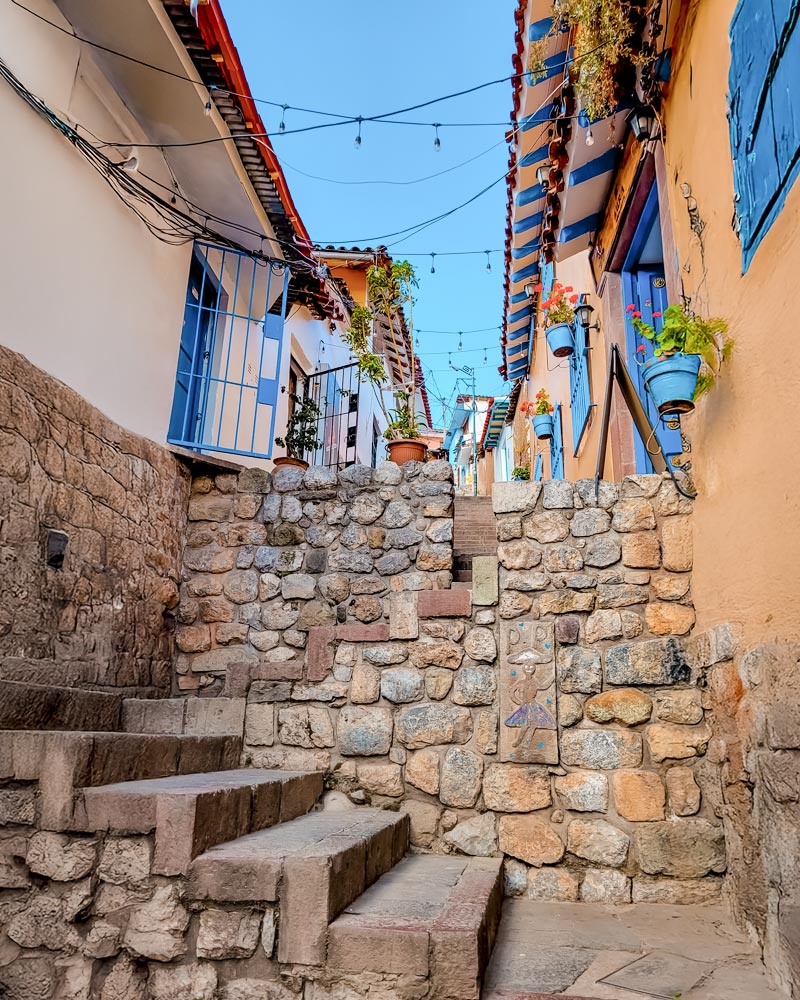
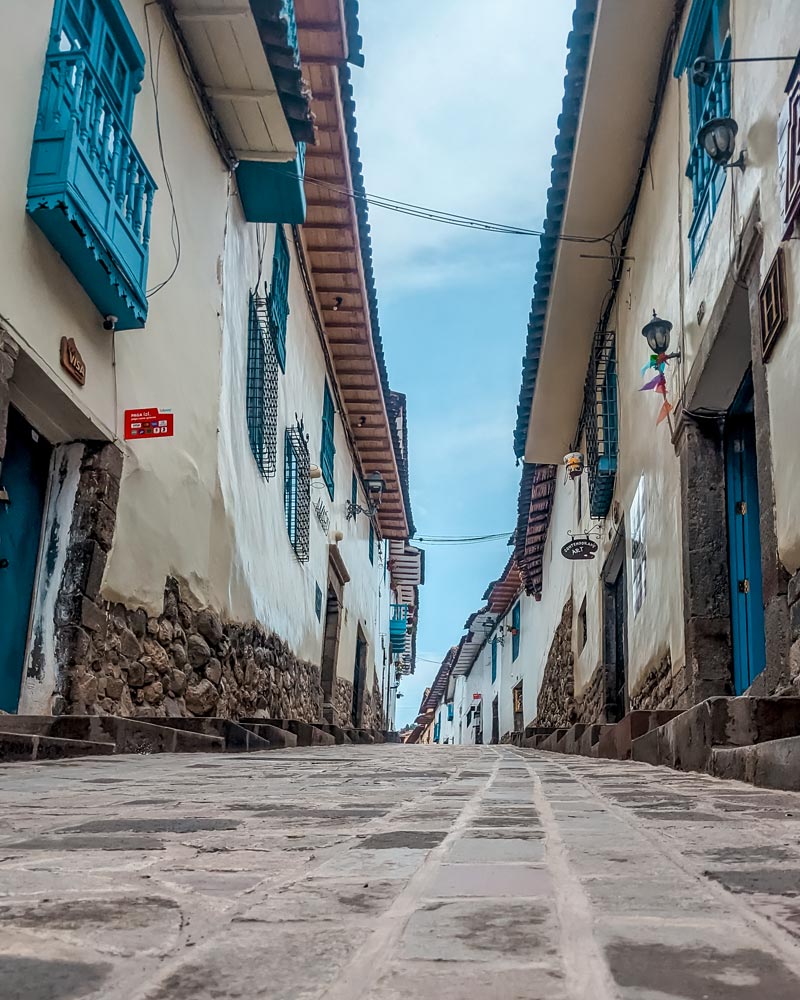
What to See in San Blas?
San Blas has numerous attractions that make it an essential stop on your Cusco itinerary.
From its iconic plaza and the historic San Blas Church to its viewpoints with panoramic views of the city—this neighborhood has it all. Whether you want to get lost among artisan workshops, enjoy a charming coffee, or simply take in the scenery, San Blas offers it all.
Get ready to work those legs! The streets of San Blas have many steep climbs, stairs, and uneven cobblestones. It can be a physical challenge, but the reward is a magical walk with breathtaking views.
12-Angle Stone
This is one of the most popular spots in Cusco, located near the entrance to the San Blas neighborhood. From Cusco’s Main Square (Plaza de Armas), you just need to follow Hatun Rumiyoc Street, which in Quechua means “great stone street.”
Along this narrow passage lies one of the most famous icons of the city: the 12-Angle Stone. This polished rock, with its twelve perfectly fitted corners, is an astonishing example of Inca engineering. Their style stood out for large walls built like true stone puzzles, without mortar and with millimetric precision.
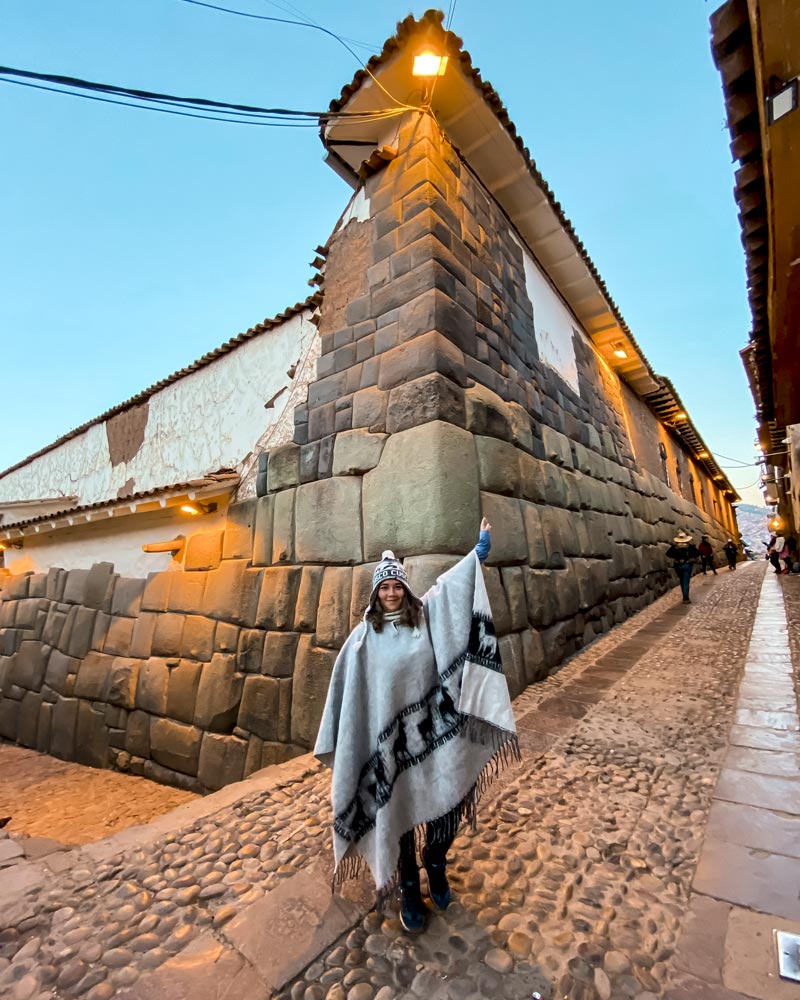
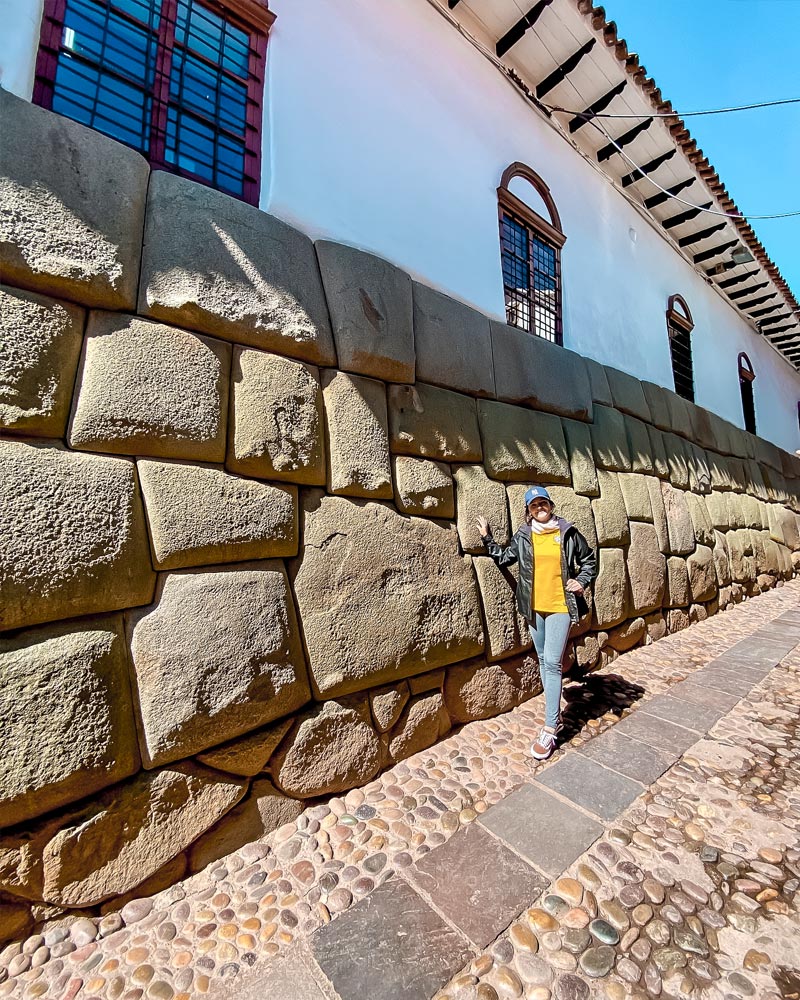
San Blas Square and Temple
Continuing along the street of the 12-Angle Stone, you’ll reach the steep slope of San Blas, where you’ll find a wide variety of local businesses. Here, artisans craft hats, belts, leather bags, traditional textiles, and paintings that reflect the art and cultural identity of Cusco.
Take the best photos! Halfway up the San Blas slope is Tocuyeros Street, a charming little corner that few people know about.
This is also where the traditional Cusqueñan neighborhood officially begins, connecting with the San Blas square. Once you arrive at the plaza, the first thing you’ll see is the San Blas Temple, one of the oldest in the city. Its stone bell tower, white walls, and blue door give it a unique aesthetic that matches the architecture of the surrounding streets.
The San Blas square is an ideal place to rest. With benches, trees, and a stone fountain shaped like a waterfall, it offers a peaceful and welcoming atmosphere. Surrounded by colonial houses and cafés, the plaza comes alive with color on weekends when artists set up stands to showcase their creations.
Nearby, you can visit the Hilario Mendivil Museum or the Olave Workshop, both renowned for their religious and Andean-inspired artwork.
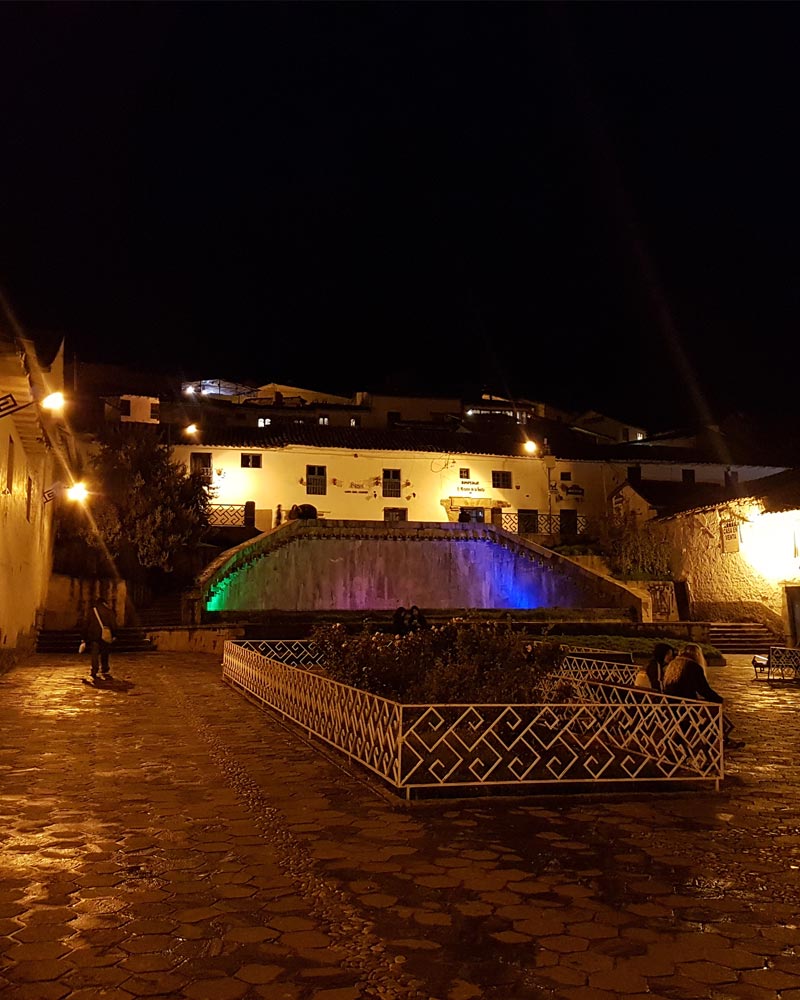
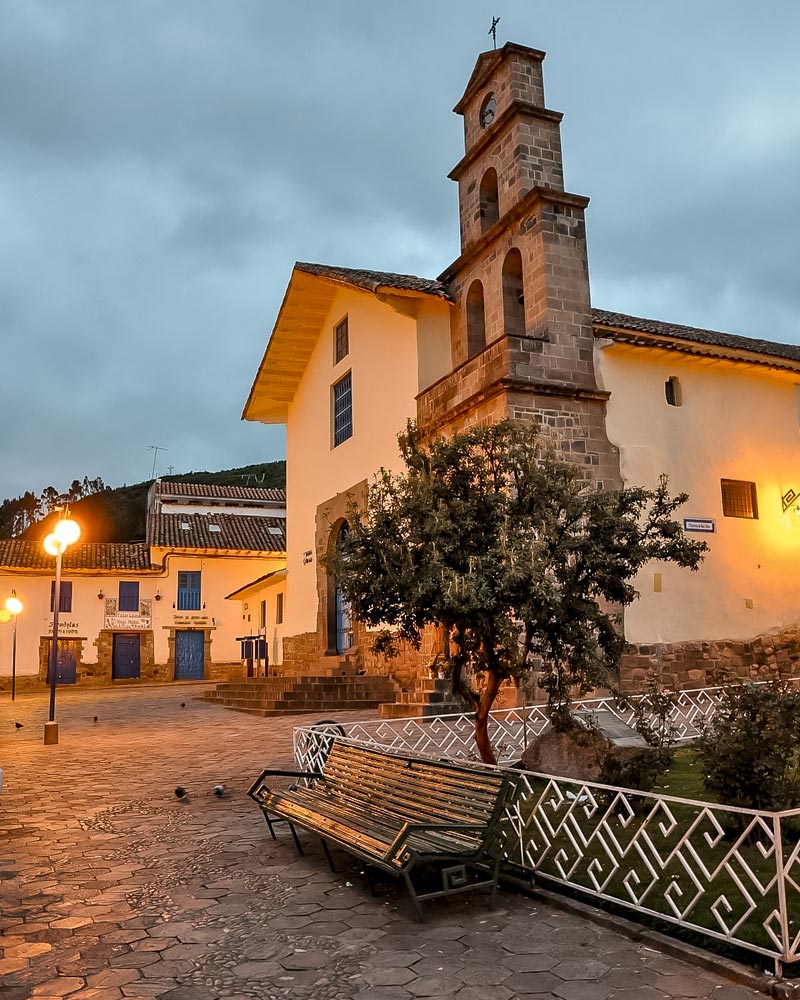
Magical Streets
San Blas is full of charming streets that will transport you into a real-life fairytale.
- Carmen Alto is a quiet and picturesque street, known for its art galleries, artisan workshops, and small shops where you can find everything from textiles to handmade jewelry. It’s perfect for a leisurely stroll and for discovering the most artistic side of the neighborhood.
- 7 Angelitos is known for its colonial houses that preserve elements even from the Inca era. One of its greatest charms lies in the roof of an old house, where small angels are drawn on the tiles. Its proximity to 7 Diablitos Street reflects the Andean worldview of duality between good and evil.
- 7 Diablitos is a narrow and enigmatic alley filled with mystery. Its name is linked to an old local legend about forbidden romantic encounters. It is said that the devil would appear in this passageway to tempt lovers, which gave the street its peculiar name. It’s the perfect spot for those who enjoy folklore and the mystical, hidden side of Cusco.
- Tanda Pata is a long street that runs above the main square—ideal for a relaxed walk. It’s full of charming restaurants, street artists and musicians, and murals on the walls that give it a bohemian vibe. It’s one of the liveliest places in San Blas, where local culture is present in every corner and there’s always something new to discover.
These streets, with their curious names and unique atmosphere, are part of San Blas’ unmistakable charm.
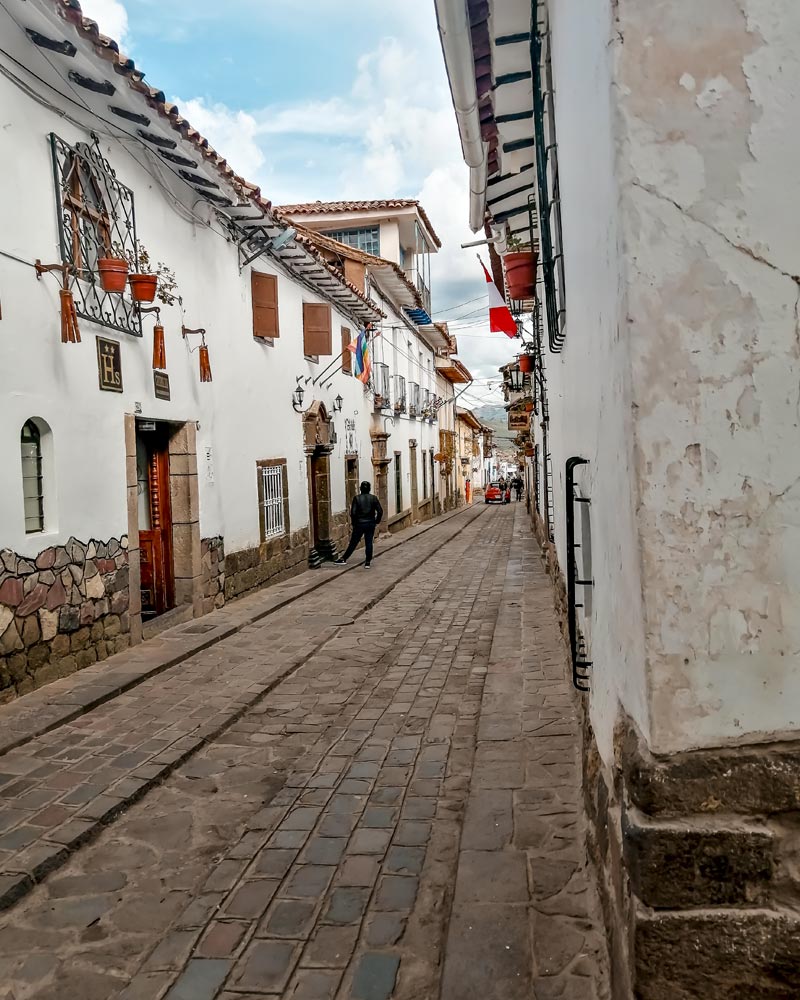
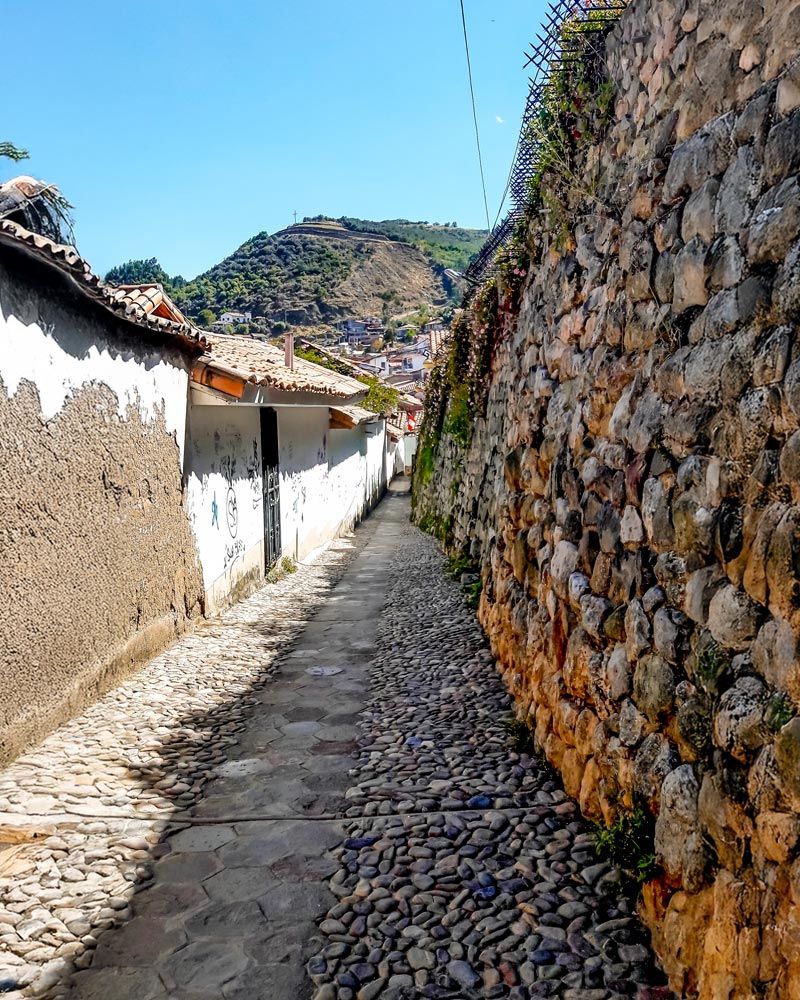
San Blas Viewpoint
San Blas is also known as the “Balcony of Cusco” due to its privileged location above the Plaza de Armas. From several points, you can appreciate the city in all its grandeur—but the best spot is, without a doubt, the San Blas viewpoint.
It’s located on Kiskapata Street (a continuation of 7 Diablitos), above Tanda Pata. Although it only takes about 15 minutes to reach the viewpoint from the San Blas square, the climb can be a bit tiring since it leads to one of the city’s higher points. From the top, you can admire the cathedral in the Plaza de Armas, the earthy rooftops of the small streets, and the mountains surrounding the city of Cusco.
Visit San Blas with us! At Salkantay Trekking, we’ll guide you on a Cusco walking tour, exploring the most iconic corners of the city. This tour includes a charming walk through the San Blas neighborhood, where you’ll visit its main square, the Sapantiana arch, and the famous Siete Borreguitos street.
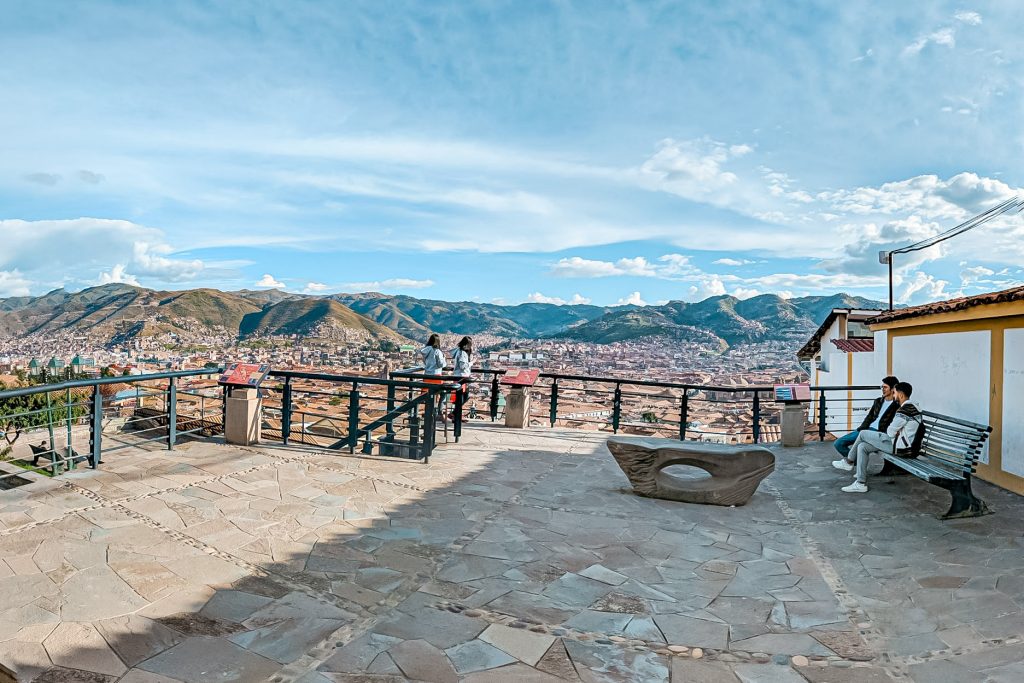
San Blas Market
Small but full of life, the San Blas Market is an ideal place to experience the daily life of Cusqueños. Unlike the bustling San Pedro Market, this space offers a calmer and more welcoming atmosphere.
Here you’ll find stalls with fresh fruit, natural juices, traditional dishes at affordable prices, and even several vegan menu options. It’s also a great place to buy Andean products like quinoa, native potatoes, medicinal herbs, and other traditional ingredients from Peruvian cuisine.
Nightlife in San Blas
With its growing popularity, the San Blas neighborhood has seen the rise of numerous cafés, bars, and restaurants where you can enjoy high-quality cuisine. Some of the most popular spots include:
- Piedra & Sal Restaurante
- Kusykay Peruvian Craft Food
- LOCAL Restaurante
- Limbus Restobar
- ViewHouse Resto Bar
- Chia Vegan Kitchen
- Green Point
At night, the atmosphere in San Blas transforms: the city lights illuminate the horizon and create a magical spectacle from above. You’ll be surrounded by little lights from all the houses built on the hillsides.
Despite being a very touristy neighborhood, San Blas maintains a peaceful vibe. While cars can access certain areas, its stairs and narrow alleys keep traffic noise away, making it an ideal place for an evening stroll.
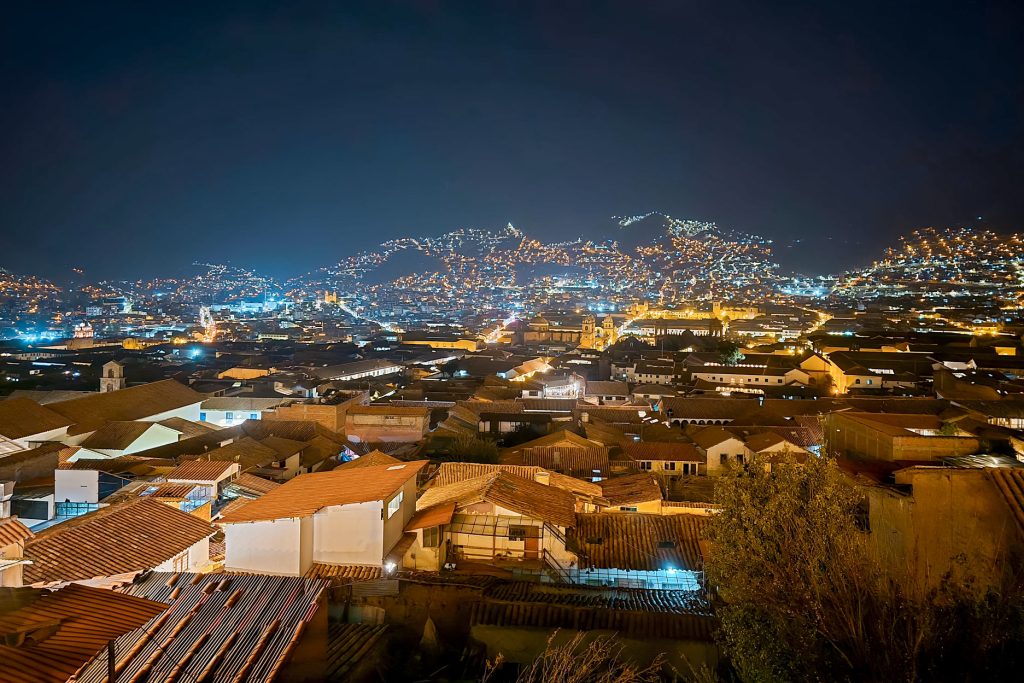
Come to Cusco and visit San Blas!
San Blas is not just a neighborhood—it’s an experience that combines history, art, tradition, and local life in every corner. Walking through its streets means discovering the most authentic essence of Cusco, where past and present coexist in perfect harmony. Whether by day, with its colorful and creative energy, or by night, under the glow of Andean lights, San Blas invites you to get lost and be amazed.
You may also be interested in:
- 8 Streets to explore in Cusco while you learn the Inca’s language
- Cusco Crafts: History, Tradition, and Creativity in the Heart of the Andes.
- Top Things to Do in Cusco, Peru
- How to Spend a Weekend in Cusco, Peru
- Cusco Tourist Ticket: What is it? And What is it For? | Complete Guide
- The Best Things to Do in Cusco in 3 Days

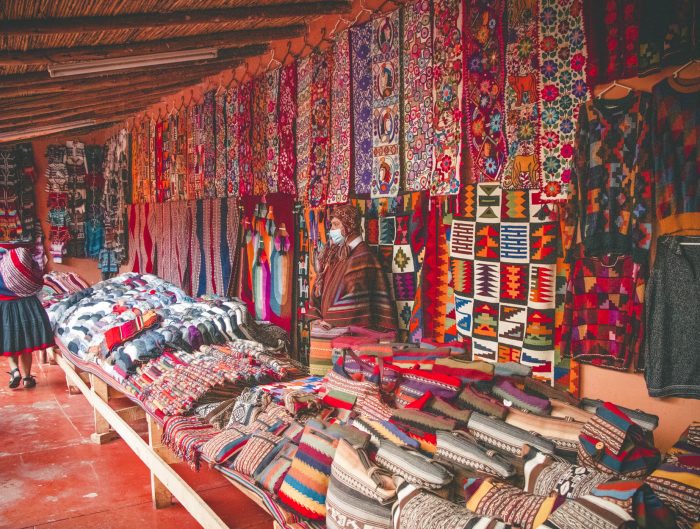

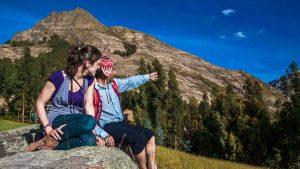
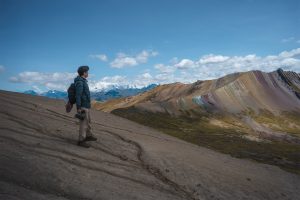
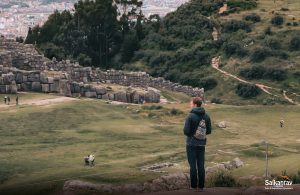
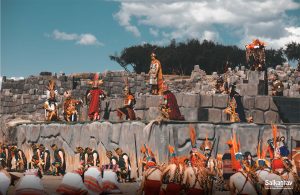
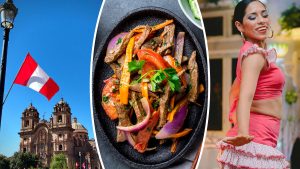
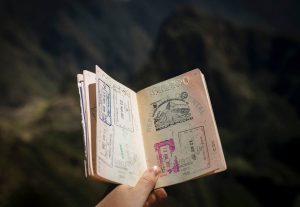
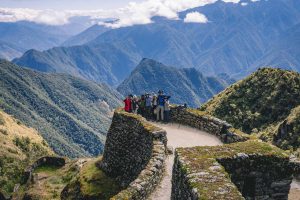

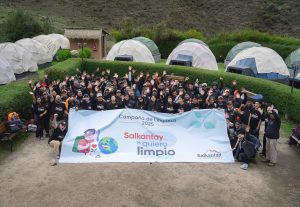

Leave A Reply